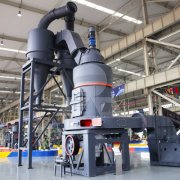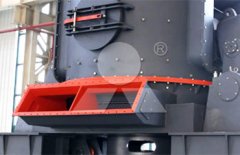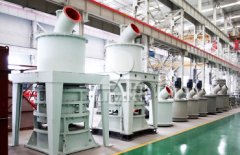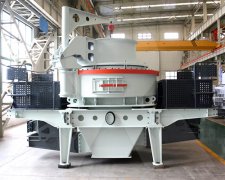procedure for mining limestone
The procedure for mining limestone can vary depending on the intended use and the specific conditions of the site. However, the basic steps and considerations involved in the process are generally similar. Here is a general overview of the procedure for mining limestone:
Site Preparation and Clearing: Before mining can begin, the site needs to be prepared. Vegetation and topsoil are usually removed to expose the limestone deposit. Clearing the site ensures safe and efficient access for mining equipment and personnel.
Exploration and Geological Assessment: Geological surveys and studies are conducted to determine the quality, quantity, and characteristics of the limestone deposit. This includes assessing the depth, thickness, and extent of the deposit.
Permitting and Regulatory Approvals: Depending on the location and jurisdiction, obtaining the necessary permits and regulatory approvals is essential before mining can commence. Compliance with environmental, safety, and land use regulations is crucial.
Drilling and Blasting: Drilling is conducted to create boreholes in the limestone rock. Explosives are then used to break the rock into manageable pieces. Blasting is carefully controlled to minimize the impact on the environment and surrounding areas.
Loading and Hauling: After blasting, the broken limestone is loaded onto trucks or conveyors for transportation to the processing plant. Large equipment such as loaders and haul trucks are commonly used for this task.
Crushing and Screening: At the processing plant, the limestone is crushed into smaller sizes using crushers, and then screened to separate various grades of limestone. Crushing and screening processes may involve multiple stages to achieve the desired particle size and quality.
Material Handling and Transport: Once the limestone is processed, it may be stored or transported to its final destination. This could include stockpiling for later use, loading onto ships or trains for transport to customers, or other distribution methods.
Environmental Management and Reclamation: Throughout the mining process, environmental considerations are important. Reclamation plans are developed to restore the land to its original or a suitable condition after mining activities are completed. This may involve regrading, replanting vegetation, and implementing erosion control measures.
Quality Control and Testing: Quality control measures are taken to ensure that the extracted limestone meets the required specifications for its intended use. Samples may be tested for chemical composition, particle size distribution, and other parameters.
Continuous Monitoring and Improvement: Mining operations are monitored continuously to ensure compliance with regulations, safety standards, and environmental requirements. Improvements are made based on ongoing assessments and feedback.
It's important to note that the specific procedures and practices can vary based on factors such as the location of the deposit, the type of limestone, the scale of the operation, and the technological advancements used in the mining industry. Additionally, sustainable and responsible mining practices are increasingly emphasized to minimize the impact on the environment and surrounding communities.
Recommended news




